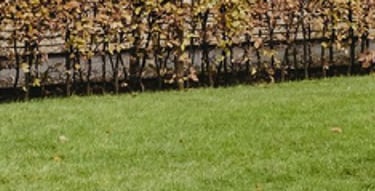Common Property in a Residential Owners' Association: What You Need to Know
Welcome to the Hochheiden Property Management blog! As a leading property management company, we understand the complexity and challenges that life and administration in a residential owners' association (ROA) can bring. A central topic that often raises questions is common property. In this article, we'll explain what common property is, why it's important, and how it can be effectively managed.


What is Common Property?
In a residential owners' association (ROA), ownership consists of two parts: individual ownership (known as "special ownership" in German law) and common property. While individual ownership comprises the individual units owned by each owner (e.g., apartments), common property refers to parts of the building and land that are collectively owned and used by all owners. This includes areas such as the roof, facade, stairwells, elevators, and the garden.
Why is Common Property Important?
Common property plays a crucial role in maintaining and enhancing the value of the entire property. A well-maintained and managed residential owners' association not only provides a pleasant living environment but can also positively impact the value of individual units. Additionally, fostering a harmonious community and ensuring unified management of common property promotes cohesion within the association.
Management of Common Property
Effectively managing common property requires clear communication, sound financial planning, and regular maintenance. Here are some key points that every ROA should consider:
Making Decisions: Decisions regarding the use, maintenance, and improvement of common property are typically made in the owners' association meeting. Each owner has the right to propose ideas and participate in votes.
Reserve Fund: An adequate reserve fund is essential to finance necessary repairs and maintenance of common property. This helps maintain the value of the property and prevents sudden financial burdens on owners.
Regular Maintenance: Regular maintenance of common property, including cleaning communal areas, garden care, and checking technical installations, contributes to the longevity of the property.
Transparent Communication: Open and transparent communication between owners and management is key to successful common property management. Regular updates and reports on planned actions and financial matters foster trust and cooperation.
Conclusion
Common property in a residential owners' association presents both challenges and opportunities. Proactive, transparent, and collaborative management can help increase the value of the property and create a pleasant living environment for all residents. At Hochheiden Property Management, we assist our clients in efficiently and harmoniously managing their ROAs. Contact us to learn more about how we can support your community.
At Hochheiden Property Management, customer satisfaction and property care are our top priorities. We hope this article has provided helpful insights into the management of common property and invite you to contact us for further information and assistance.
Contact
info@hochheiden-hv.de
Socials
Stay informed at all times
+49 30 692 099 540
